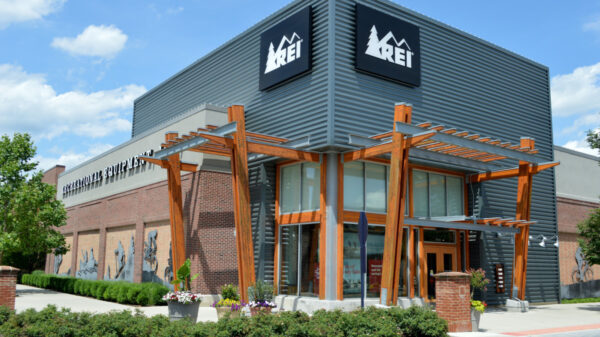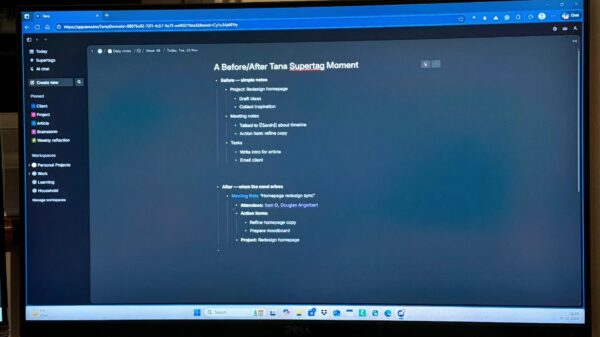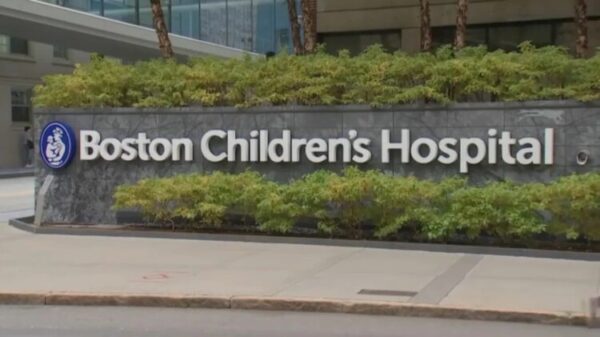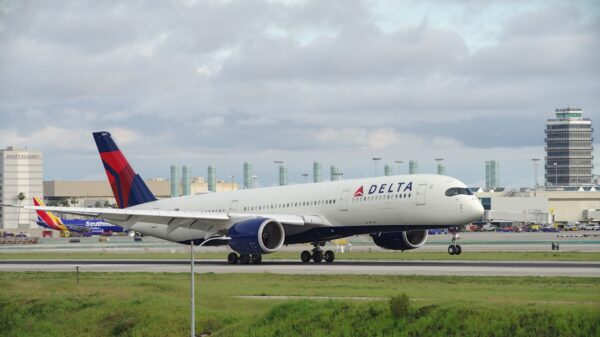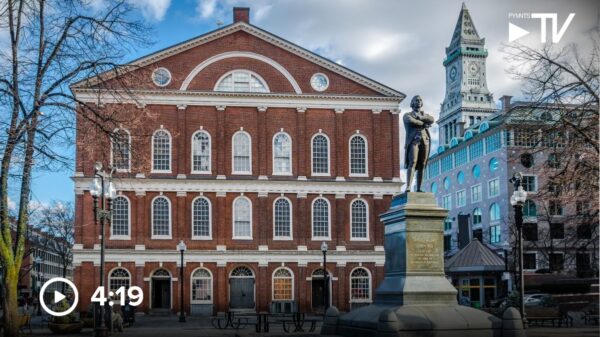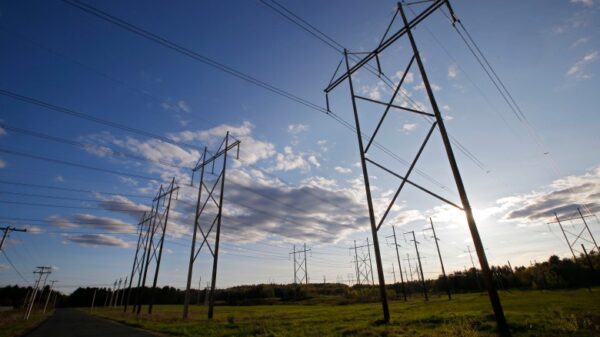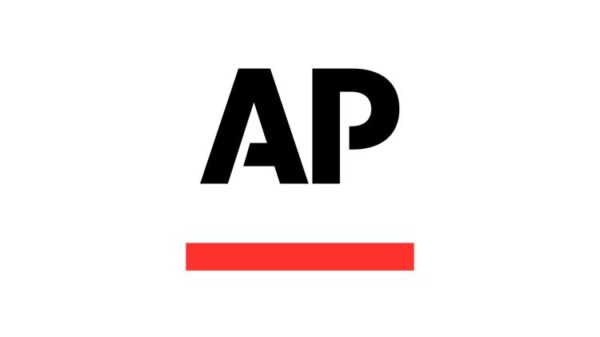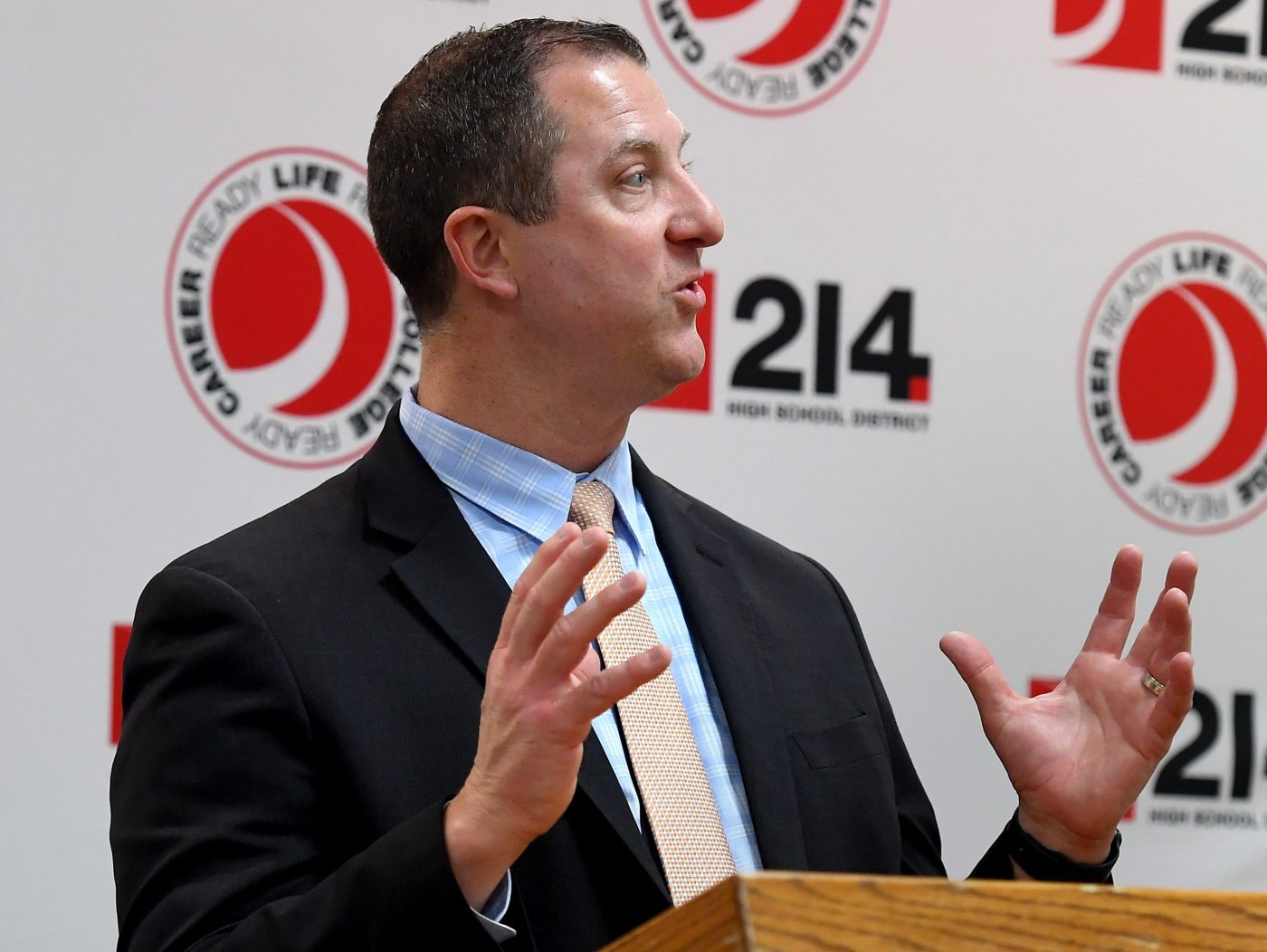High School District 214, serving several communities in northwest suburban Chicago, is exploring public support for a proposed renovation plan estimated at approximately $850 million. This substantial figure is intended for upgrades across seven facilities, including six high schools. As discussions unfold, homeowners may soon face a significant property tax increase to fund these renovations.
The projected cost raises eyebrows, particularly when compared to local real estate. For context, 311 S. Wacker Drive, one of Chicago’s tallest buildings, was sold for $45 million earlier this year. Homeowners in the District 214 area, which encompasses parts of Arlington Heights, Wheeling, Elk Grove Village, Buffalo Grove, Mount Prospect, and Rolling Meadows, are questioning the rationale behind such a hefty request.
Many residents of this part of Cook County have long viewed it as an affordable option for those wishing to reside near Chicago. However, rising property taxes threaten to undermine this perception. While schools like Prospect High School and John Hersey High School may require updates, residents are left wondering why the renovation costs appear disproportionately high.
District officials describe the current state of the schools as dire, citing concerns about safety and infrastructure. Yet, there is a growing disconnect between the property taxes collected and the condition of school facilities. According to a district spokesperson, District 214 is expected to finish the 2025-2026 school year with around $170 million in reserves, amounting to nearly 47% of its annual budget. This raises the question: if urgent health and safety issues exist, why not utilize these reserves for immediate needs?
Critics point to an argument made during a district presentation, which highlighted the outdated nature of many classrooms. “Many of our standard classrooms look the same as they looked 30 years ago,” the presentation stated. Yet, many homes in the district also display signs of age and wear, and homeowners manage to maintain them without significant financial burdens.
The proposed tax increase follows a period of painful property tax hikes in nearby districts. For example, Mount Prospect School District 57 recently approved an $85 million referendum, which is projected to raise taxes by around $714 annually for a homeowner with a property valued at $375,000. The implications of these increases could push many families, already paying over $10,000 annually in property taxes, further into financial strain.
As costs escalate, there are concerns that the affordability of this once-accessible region may rapidly decline. Families who have historically moved to District 214 for its educational opportunities and safe neighborhoods might find themselves priced out.
District officials acknowledge the community’s financial pressures but emphasize the necessity for adequate facilities. While it is commendable that the district has not sought a referendum in over 50 years, the current proposal raises serious questions about fiscal responsibility. If the district continues to pursue extensive and costly projects without addressing the community’s financial realities, it risks alienating the very families that have supported it.
With the economic landscape becoming increasingly uncertain, the timing of such a significant request appears ill-considered. The Chicago Bears are also advocating for relief from high property taxes, suggesting that homeowners deserve similar consideration. As the school district weighs its options, it must balance the need for improved educational facilities with the financial realities faced by local residents.



